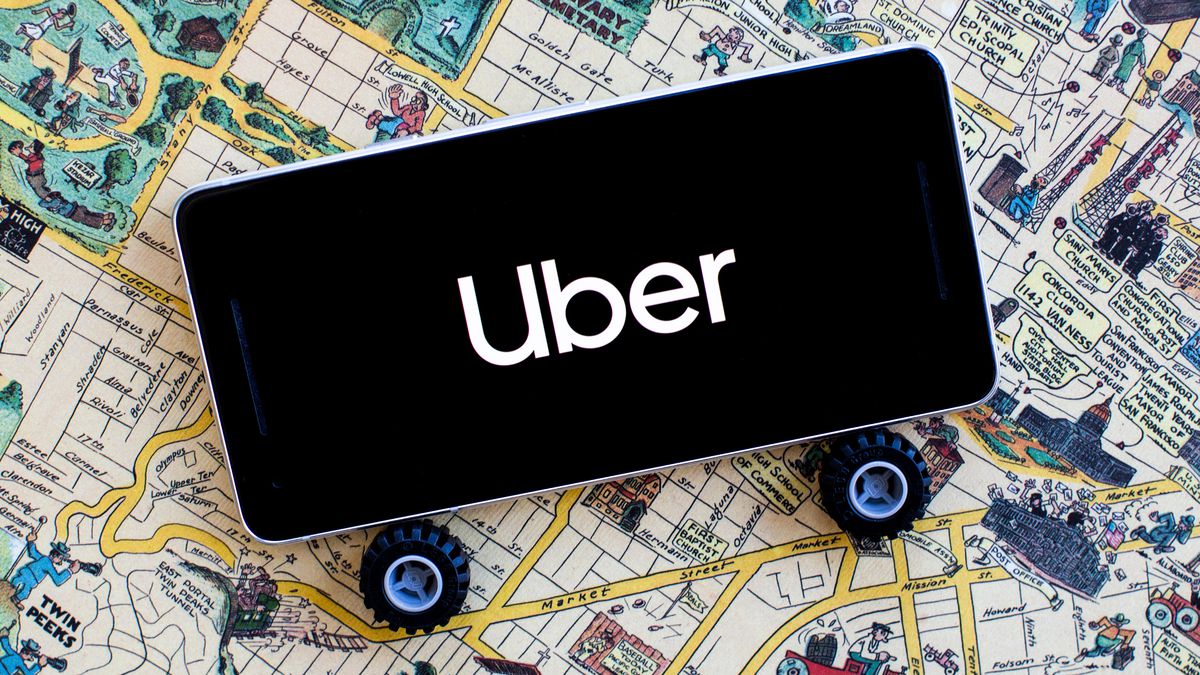In 2009, a new ride-sharing platform was launched that would change the way people think about transportation. That platform was Uber. Since then, Uber has become one of the most successful and controversial companies in the world. Its innovative business model has disrupted the traditional taxi industry, making it easier and more affordable for people to get around in cities around the globe. In this article, we will explore the history of Uber, how it works, and its impact on the transportation industry.
History of Uber
Uber was founded in San Francisco in 2009 by Travis Kalanick and Garrett Camp. The idea came about when the two entrepreneurs were attending the LeWeb conference in Paris and had trouble finding a taxi. They realized that there was a need for a service that could connect riders with drivers in real-time, and thus, Uber was born.
The company started with just a few cars in San Francisco but quickly expanded to other cities in the United States and around the world. By 2013, Uber was operating in more than 35 cities, and today, it is available in over 900 cities in 93 countries.
How Uber Works
Uber is a Ride-sharing platform that connects drivers with riders through a mobile app. To use Uber, riders simply download the app, create an account, and input their destination. The app then matches the rider with the nearest available driver. Riders can see the driver's name, photo, car make and model, and license plate number before they get in the car.
The app also provides riders with an estimated fare before they book their ride. Riders can pay for their ride through the app, and there's no need for cash or credit cards. After the ride, both the rider and driver can rate each other, which helps improve the overall quality of the service.
Impact on Transportation Industry
Uber's Disruptive business model has had a significant impact on the transportation industry. Traditional taxi companies have struggled to compete with Uber's low prices, and some have even gone out of business. Uber has also faced regulatory challenges in many cities around the world, as some governments have tried to ban the service.
Despite these challenges, Uber continues to grow and expand. The company has launched several new services, such as UberEATS, which delivers food from local restaurants, and UberPOOL, which allows riders to share a ride with others going in the same direction. Uber has also faced criticism over the years, particularly over issues related to driver pay and safety. The company has taken steps to address these concerns, such as implementing background checks for drivers and introducing safety features in the app.
History of Uber:
Uber was founded by Travis Kalanick and Garrett Camp, who came up with the idea during a trip to Paris. Frustrated by the lack of reliable taxi services, they came up with the concept of a ride-sharing platform that would connect passengers with drivers through a mobile app.
The company launched its beta version in San Francisco in 2010 and quickly expanded to other cities in the United States. By 2012, Uber had launched its first international operation in Paris.
Impact on the Transportation Industry:
Uber has disrupted the traditional taxi industry by offering a more convenient and affordable option for passengers. With its easy-to-use app and competitive pricing, Uber has quickly gained popularity among consumers, especially in urban areas where traditional taxis can be scarce.
In addition to its impact on the taxi industry, Uber has also influenced the way we think about transportation. The company's focus on ride-sharing and reducing the number of cars on the road has helped to decrease traffic congestion and lower carbon emissions.
Current and Future Innovations:
Uber continues to innovate and expand its services, with new features and partnerships being added regularly. Some of the company's current and future innovations include:
- Uber Eats: Launched in 2015, Uber Eats is a food delivery service that allows users to order from local restaurants through the Uber app.
- Self-Driving Cars: Uber has been testing self-driving cars since 2016, with the goal of eventually launching a fleet of autonomous vehicles.
- Flying Taxis: Uber is also developing a flying taxi service, called Uber Elevate, which would allow passengers to travel by air in urban areas.
FAQs:
Q: How does Uber's pricing work?
A: Uber's pricing is based on a variety of factors, including distance, time, and demand. The company uses a dynamic pricing system, which means that prices can fluctuate depending on the level of demand at any given time.
Q: Are Uber drivers licensed and insured?
A: Yes, all Uber drivers are required to have a valid driver's license and auto insurance. Uber also provides additional insurance coverage for drivers while they are on the job.
Q: How does Uber ensure passenger safety?
A: Uber has implemented a number of safety features, including driver background checks, GPS tracking, and a rating system that allows passengers to rate their driver after each ride.
Q2: How does Uber work?
A2: Users download the Uber app, enter their pickup and dropoff locations, and then request a ride. A nearby driver is then alerted.
Conclusion
Uber has revolutionized the way we think about transportation. Its innovative business model has disrupted the traditional taxi industry, making it easier and more affordable for people to get around in cities around the globe. While Uber has faced challenges and criticism over the years, the company continues to grow and expand, offering new services and improving safety features for riders and drivers alike. As we move into the future, it's clear that Uber will continue to be a major player in the transportation industry.




